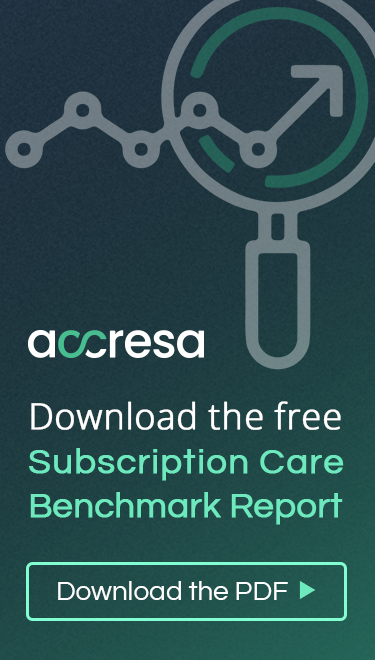Amidst the ongoing struggle to reshape the healthcare landscape, a beacon of change has emerged—and the need for it is palpable, given that the United States spends more on healthcare per capita than other developed nations, but often with lackluster results. The government is catalyzing the push for positive changes in healthcare contracting and payment through recent regulations.
For healthcare proponents who have long advocated for changes in healthcare contracting and payments, new government regulations that accelerate the shift toward direct contracting are a welcome development. The direct contracting model has the potential to streamline processes, reduce administrative burdens, and provide significant value to providers, employers, and patients in several ways.
What is Direct-to-Employer Contracting
Direct-to-Employer Contracting is a progressive approach in healthcare that reimagines the relationship between healthcare providers and employers. This model involves healthcare providers forging contracts directly with employers, bypassing the conventional insurance intermediary.
This model empowers employers to choose healthcare solutions that cater specifically to their employees’ needs. By collaborating directly with healthcare providers, employers can design comprehensive plans that address their workforce’s health requirements.
This level of customization ensures that employee wellness becomes and remains a priority, fostering a healthy workplace culture and leading to widespread advantages for employers, employees, and healthcare providers. Let’s delve deeper into how direct-to-employer contracting provides value for stakeholders.
Benefits of Direct-to-Employer Contracting
Improved Cash Flow
Presently, health systems experience an average accounts receivable (AR) period of approximately 50 days. Organizations that embrace direct contracting can expedite payment processes and substantially reduce the time between service provision and provider payment. Adoption of direct contracting accelerates cash flow, helping ensure operational efficiency and financial stability for healthcare providers.
Reduced Administrative Burden
Traditional billing and payment processes in healthcare are often complex and can demand significant resources. These processes typically involve manual data entry along with frequent phone calls to follow up on unpaid invoices and to review or rectify payment errors. Direct contracting, especially when combined with automated payment systems, can reduce the administrative burden of these tasks and free up staff to focus on other essential aspects of healthcare delivery.
Increased Transparency
Direct contracting allows for greater visibility and transparency across the care continuum. Providers can see precisely when a payment has been made, by whom, and for what services. This enhanced clarity can help reduce confusion and minimize billing disputes, improving patient satisfaction.
Cost Savings
Direct contracting can help healthcare providers save money. Providers can generate substantial cost savings by reducing the number of unpaid bills, minimizing the need for manual collection efforts, and cutting down on the overall costs associated with billing and collections. These financial gains can subsequently be redirected towards elevating the overall quality of patient care.
Reduced Fraud
In 2022, healthcare fraud and abuse cost hundreds of billions out of the total healthcare expenditure of $4.3 trillion. Direct contracting offers a proactive approach to mitigating fraud risk by enabling real-time confirmation of transactions. This capability prevents fraudulent claims and payment manipulations during the billing process, safeguarding the financial integrity of healthcare transactions.
Better Financial Planning
Direct contracting’s real-time payment system enhances financial predictability for healthcare providers. This predictability allows for more precise revenue and expense projections, leading to increased accuracy for strategic planning and budgeting.
Improved Patient Experience
Beyond its benefits to providers, direct contracting also improves the patient experience. Patients encounter a more positive care environment with providers focused on promoting wellness rather than solely treating illness. Additionally, providers can integrate with digital health platforms that help with clinical patient management and enhance the overall efficiency of healthcare delivery. Paired with the reduced administrative burden and financial clarity afforded by direct contracting, the result is increased patient satisfaction, reduced stress, enhanced retention rates, and stronger patient-provider relationships.
As healthcare moves toward these new payment models, technology explicitly designed to manage these new models will not only save operational costs but will also allow a seamless experience for all providers, patients, and employers. The integration of contract management, plan presentment, enrollment, eligibility, financial, and network management is what we at Accresa have been focused on since 2015 and provide to many networks today.


